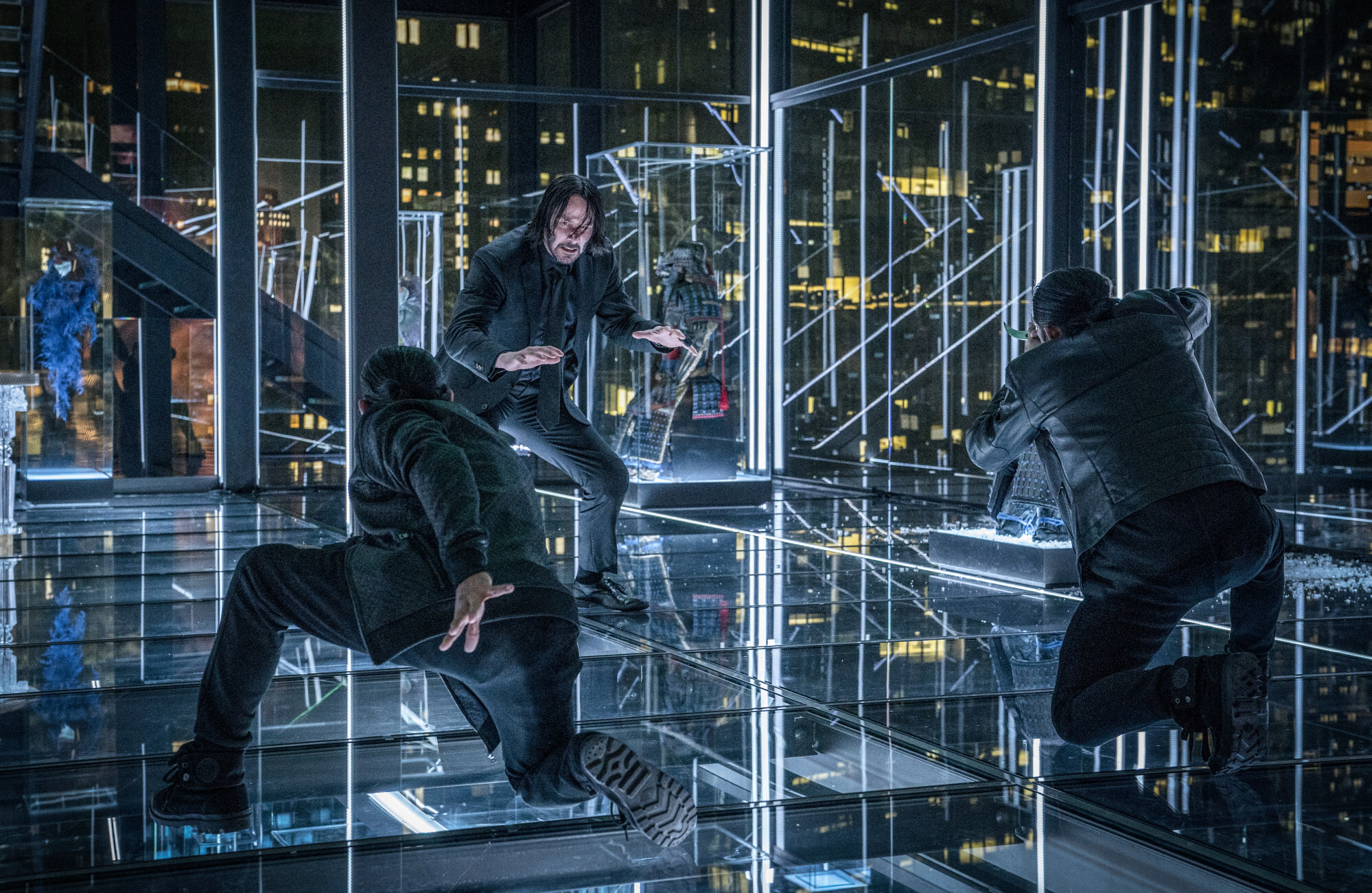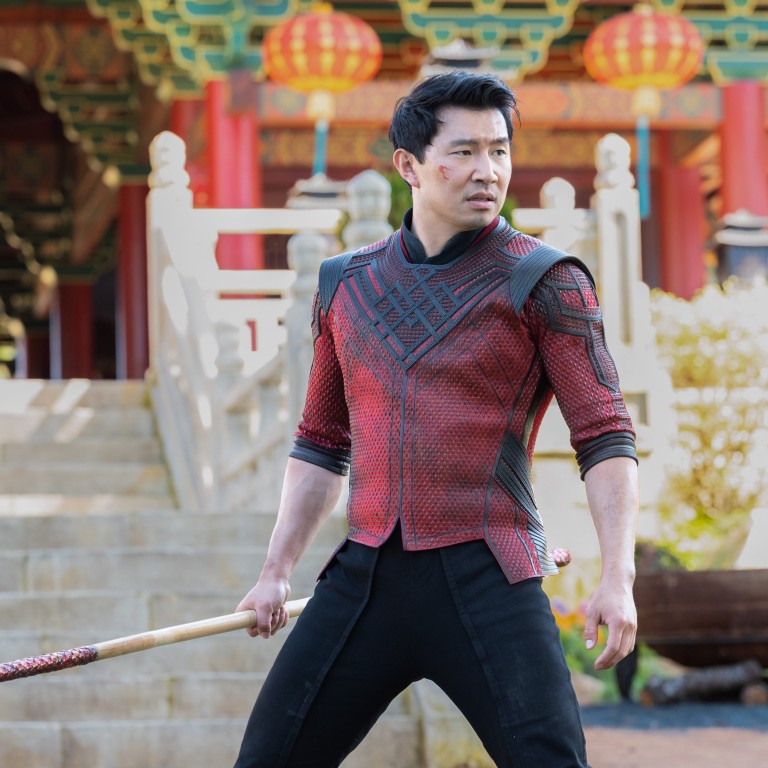
Why the martial arts style of John Wick movies and Shang-Chi and the Legend of the Ten Rings owed a lot to Hong Kong cinema
- Fight scenes in Marvel’s Shang-Chi and the Legend of the Ten Rings paid homage to Jackie Chan-style action – ex-members of his stunt team choreographed them
- In the John Wick trilogy, Keanu Reeves and the director used what they had learned training under Hong Kong choreographer Yuen Woo-ping for The Matrix films
Although John Woo-style gunplay had been adopted by Hollywood in the early 1990s, it wasn’t until The Matrix trilogy that Hong Kong-style martial arts became fully integrated into mainstream films.
“The big thing about The Matrix was that the complex martial arts were not performed by martial artists,” says Keith Rainville, a martial arts commentator based in Los Angeles.
As the fight scenes were performed by the actors, they seemed more authentic. This approach has since been used with varying degrees of success in Hollywood, but a few films have stood out.
Forgotten martial arts gem The Jade Bow ushered in New School wuxia films
Shang-Chi and the Legend of the Ten Rings
Shang-Chi does more than feature martial arts – it’s a fully fledged kung fu film which pays homage to the genre, and features some excellent choreography which blends well with the special effects.
As the film’s villainous elder statesman, Tony Leung Chiu-wai fittingly performs some hung ga, the foundational style of southern Chinese kung fu.
The magical iron rings at the centre of the plot are adaptations of real training rings, which harden the wearer’s wrists, while the hook swords were a staple of wuxia films in the 1960s and 1970s.
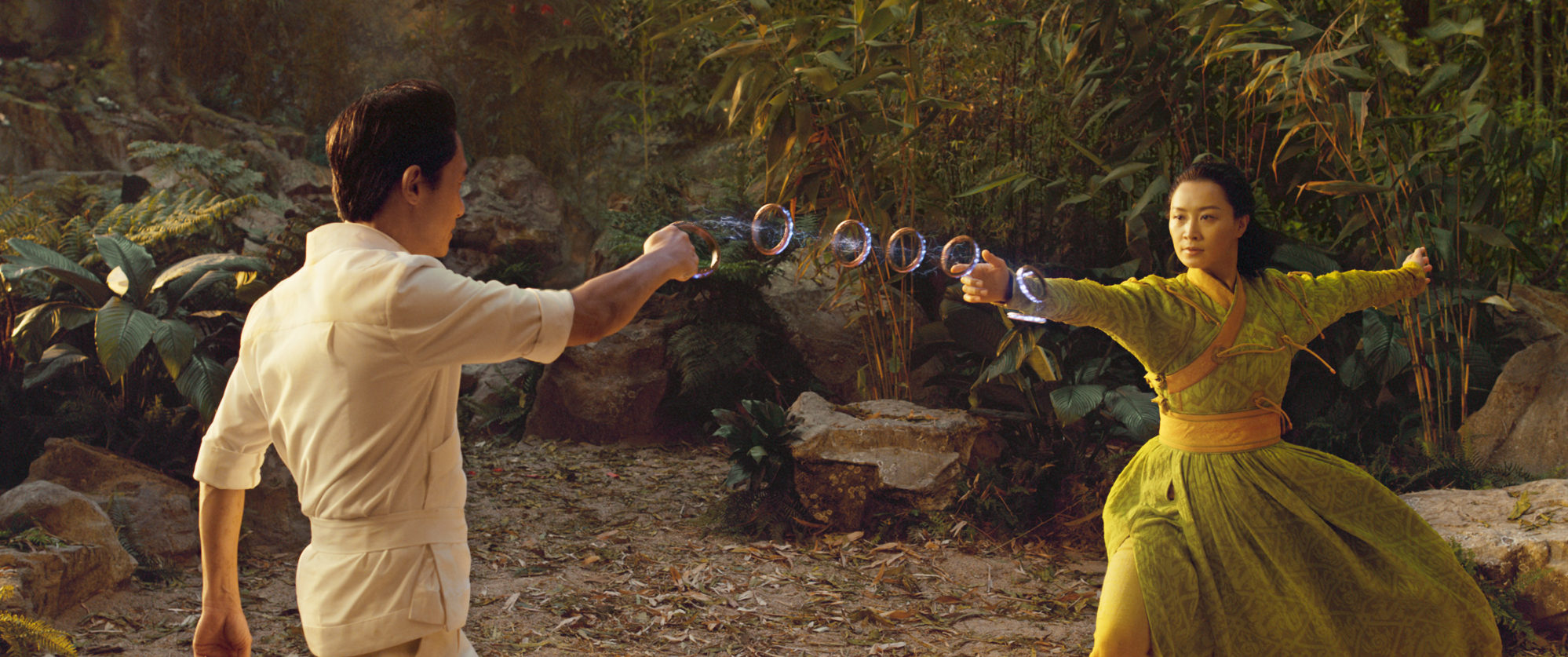
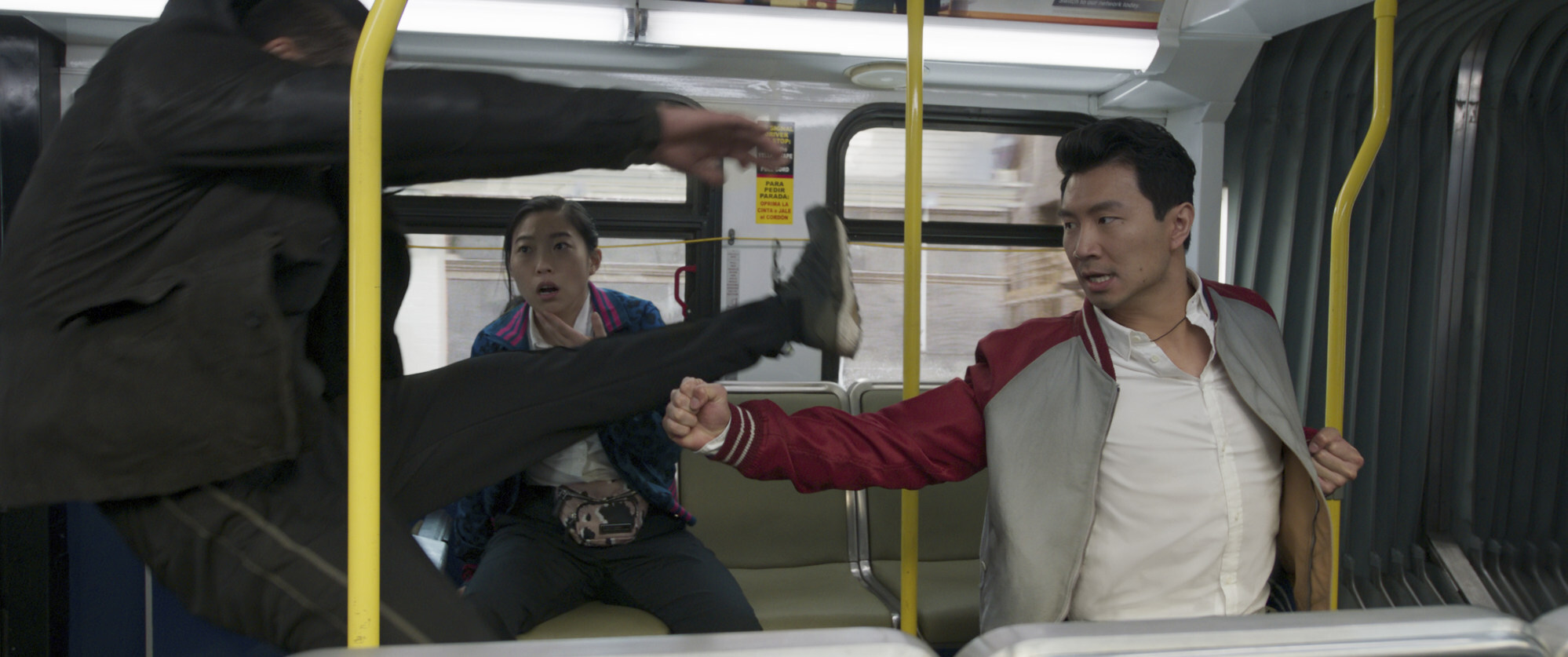
John Wick
The three John Wick films, which star Keanu Reeves in the title role, feature extended martial arts sequences that are shot wide in long takes so viewers can see all the martial arts moves – they are not obscured by cuts, shadowy lighting, and too many special effects.
The later films also feature full-on hand-to-hand combat, including Brazilian jiu-jitsu, judo, karate, and Krav Maga, a style developed by the Israeli military that is useful for disarming opponents.
Stahelski says that the reason for the change is that Reeves was not in full physical shape when he joined for part one, so the focus was on grappling, throwing, and gunplay, rather than more strenuous punching and kicking. Reeves got fit for the rest of the series, so more extensive hand-to-hand combat appeared.
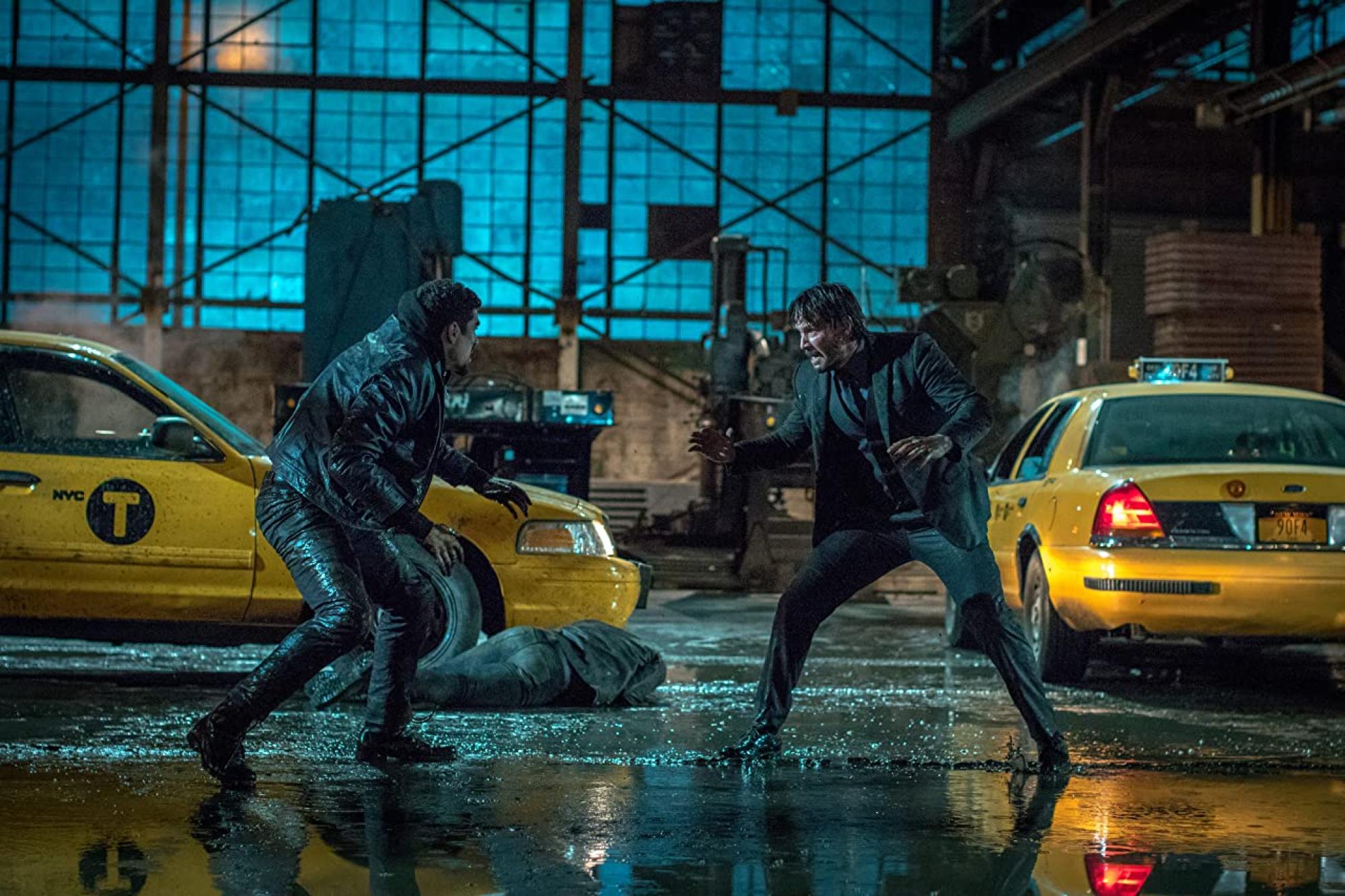
Stahelski was mainly impressed by the preparations that the Hong Kong team made, especially the four-month training schedule that the stars had to undergo. In American films, the stars get a couple of weeks’ training at most.
For the John Wick films, Stahelski adopted a similar 15-week training schedule for the stars – which included Halle Berry – and also had the cameramen, and even the editor, around for the training and rehearsals, so that all the elements of an action sequence could be integrated from the start.
10 best Asian action movie stars working today
The actors trained every day except for weekends, and Stahelski increased the length of the sessions as they got stronger.
“John Wick continues the so-called ‘Hong Kong approach’ to filmmaking that began with Yuen Woo-ping in the first three Matrix films,” says Djeng. “That involves all the actors going through extensive training of the martial arts and the ‘gun fu’ choreography. That’s down to the film’s director having learned the process from working with Yuen Woo-ping.”
Adds Rainville: “The way that the gunplay is integrated into the martial arts in the John Wick films is great to see. The fights in those films will look familiar to viewers of Hong Kong ‘pistol operas’, but the combinations are new, and show extraordinary dedication from the actors and choreographers.”
